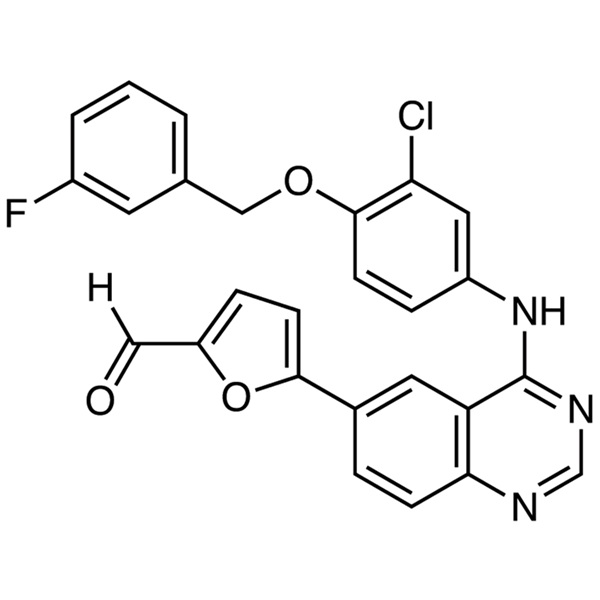Lapatinib Intermediate CAS 231278-84-5 Purity >98.0% (HPLC)
| Chemical Name | 5-[4-[3-Chloro-4-(3-Fluorobenzyloxy)anilino]-6-Quinazolinyl]furan-2-Carboxaldehyde |
| Synonyms | Lapatinib Intermediate 3; 5-[4-[[3-Chloro-4-[(3-Fluorophenyl)methoxy]phenyl]amino]-6-Quinazolinyl]-2-Furancarboxaldehyde; 5-[4-((3-Chloro-4-((3-Fluorobenzyl)oxy)phenyl)amino)quinazolin-6-yl]-2-Furaldehyde |
| CAS Number | 231278-84-5 |
| Stock Status | In Stock, Production Scale Up to Tons |
| Molecular Formula | C26H17ClFN3O3 |
| Molecular Weight | 473.90 |
| Melting Point | 225.0 to 235.0℃ |
| Density | 1.407±0.06 g/cm3 |
| Refractive Index | 1.694 |
| COA & MSDS | Available |
| Origin | Shanghai, China |
| Brand | Ruifu Chemical |
| Item | Specifications |
| Appearance | Pale Yellow to Yellow Solid Powder |
| Purity / Analysis Method | >98.0% (HPLC) |
| Melting Point | 225.0~235.0℃ |
| Loss on Drying | <1.00% |
| Residue on Ignition | <0.50% |
| Total Impurities | <2.00% |
| Heavy Metals (as Pb) | <20ppm |
| Test Standard | Enterprise Standard |
| Usage | Intermediate of API (CAS 388082-77-7) |
Package: Bottle, Aluminium foil bag, 25kg/Cardboard Drum, or according to customer's requirement
Storage Condition: Store in sealed containers at cool and dry place; Protect from light and moisture

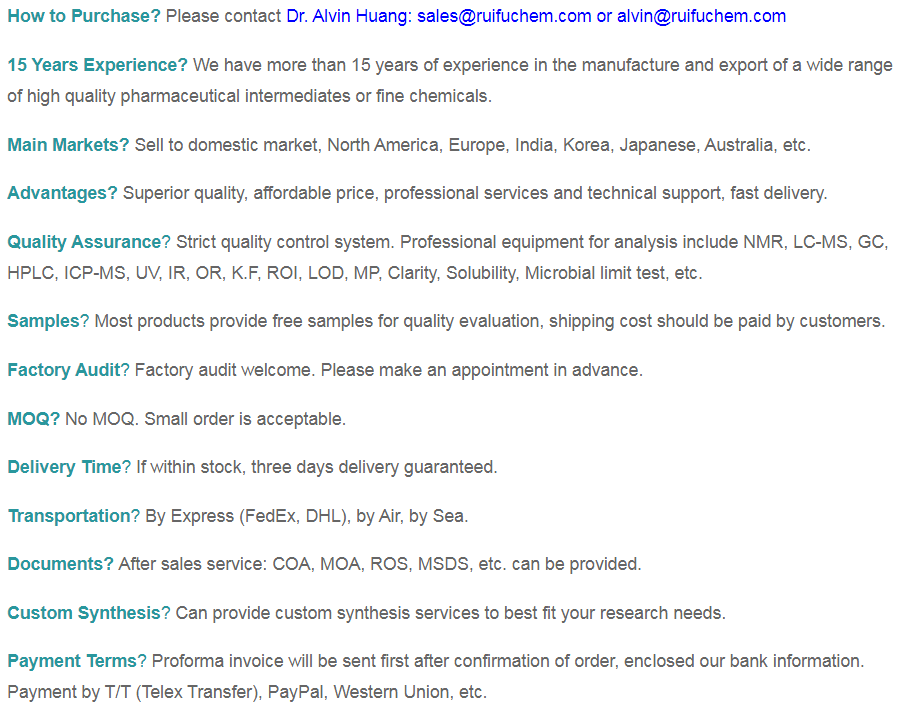
5-[4-[3-Chloro-4-(3-Fluorobenzyloxy)anilino]-6-Quinazolinyl]furan-2-Carboxaldehyde (CAS: 231278-84-5) is an intermediate of API (CAS 388082-77-7). (CAS 388082-77-7) is a drug targeting breast cancer developed by British GlaxoSmithKline Co. It is a tyrosine kinase inhibitor which can effectively inhibit the tyrosine kinase activity of human epidermal growth factor receptors 1 and 2 (ErbB1, ErbB2). It can uniquely act in a variety of ways, ensuring that breast cancer cells cannot receive growth signals. It inhibits intracellular EGFR (ErbB-1) and HER2 (ErbB-2) ATP sites, preventing tumor cell phosphorylation and activation, blocking down-regulation signals through the homogeneity and heterogeneity of EGFR (ErbB-1) and HER2 (ErbB-1) dimerization.
-
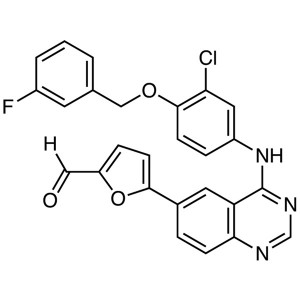
Lapatinib Intermediate CAS 231278-84-5 Purity >...
-
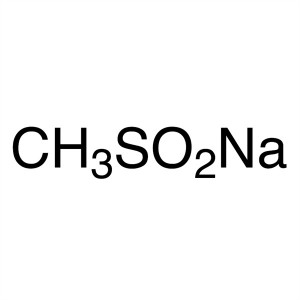
Sodium Methanesulfinate CAS 20277-69-4 Purity >...
-
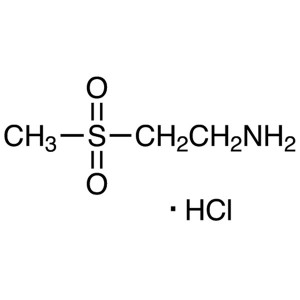
2-Aminoethyl Methyl Sulfone Hydrochloride CAS 1...
-
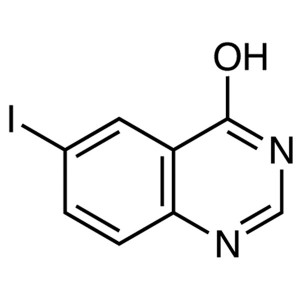
6-Iodo-4-Hydroxyquinazoline CAS 16064-08-7 Puri...
-
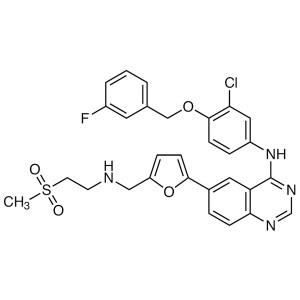
Lapatinib Base CAS 231277-92-2 Purity ≥99.0% (H...
-
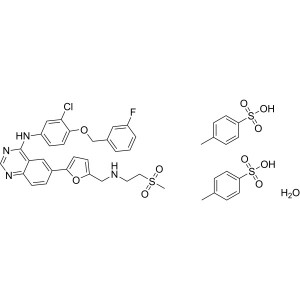
Lapatinib Ditosylate Monohydrate CAS 388082-78-...
-
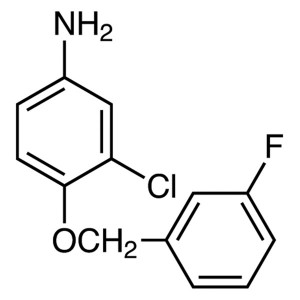
3-Chloro-4-(3-Fluorobenzyloxy)aniline CAS 20219...
-
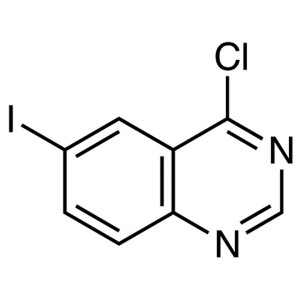
4-Chloro-6-Iodoquinazoline CAS 98556-31-1 Purit...
-
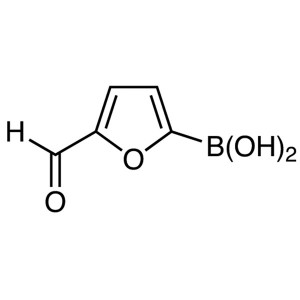
5-Formyl-2-Furanboronic Acid CAS 27329-70-0 Pur...

